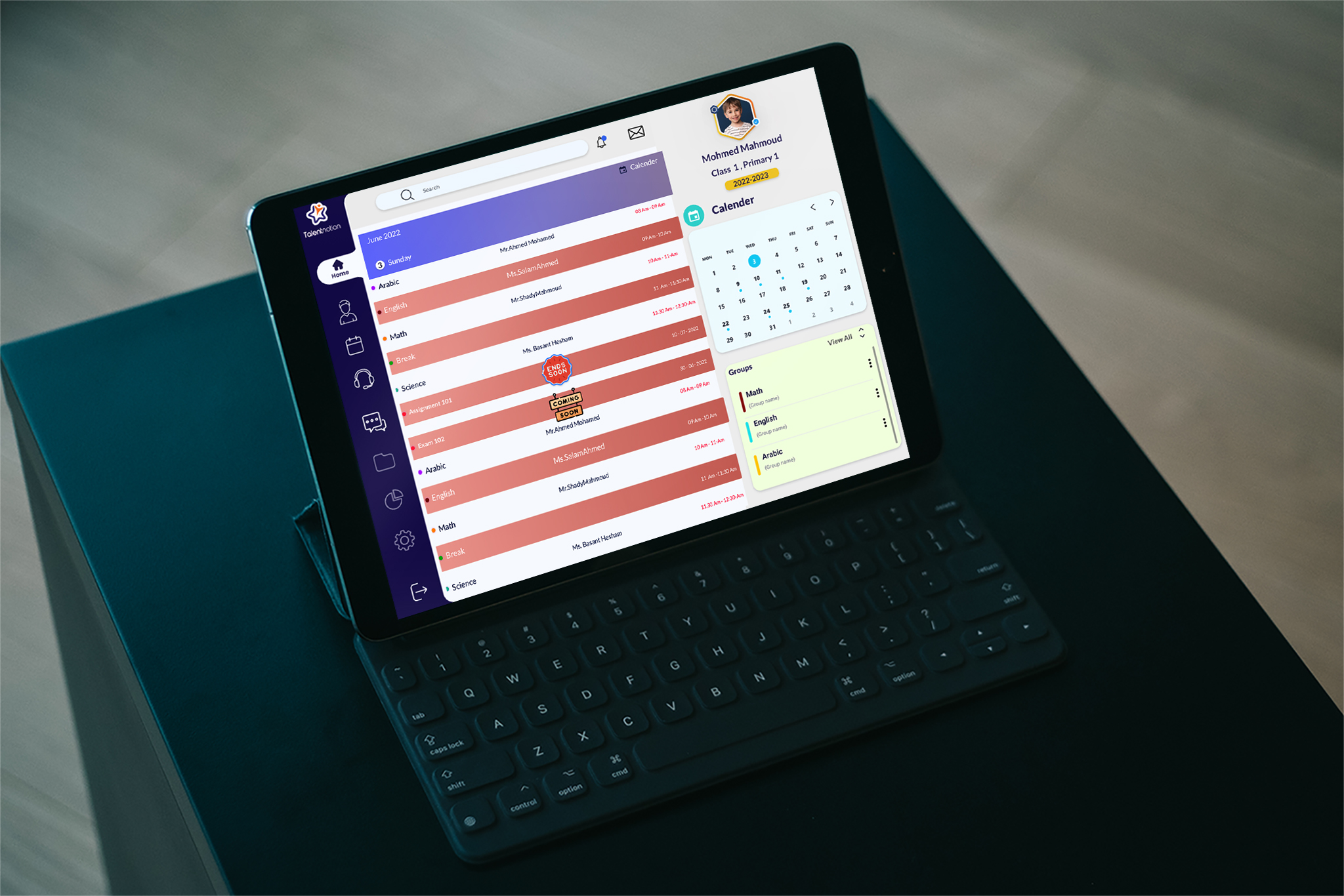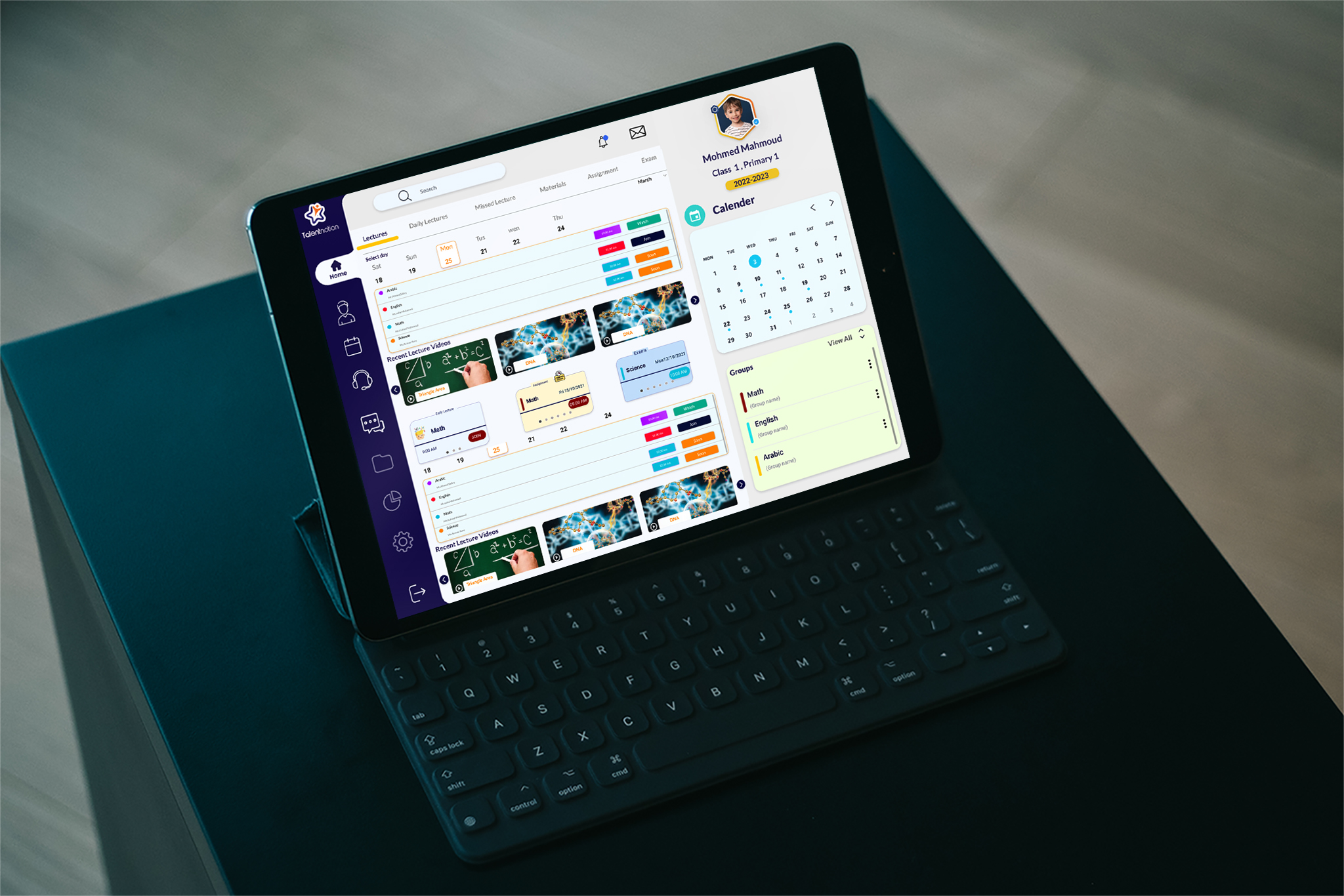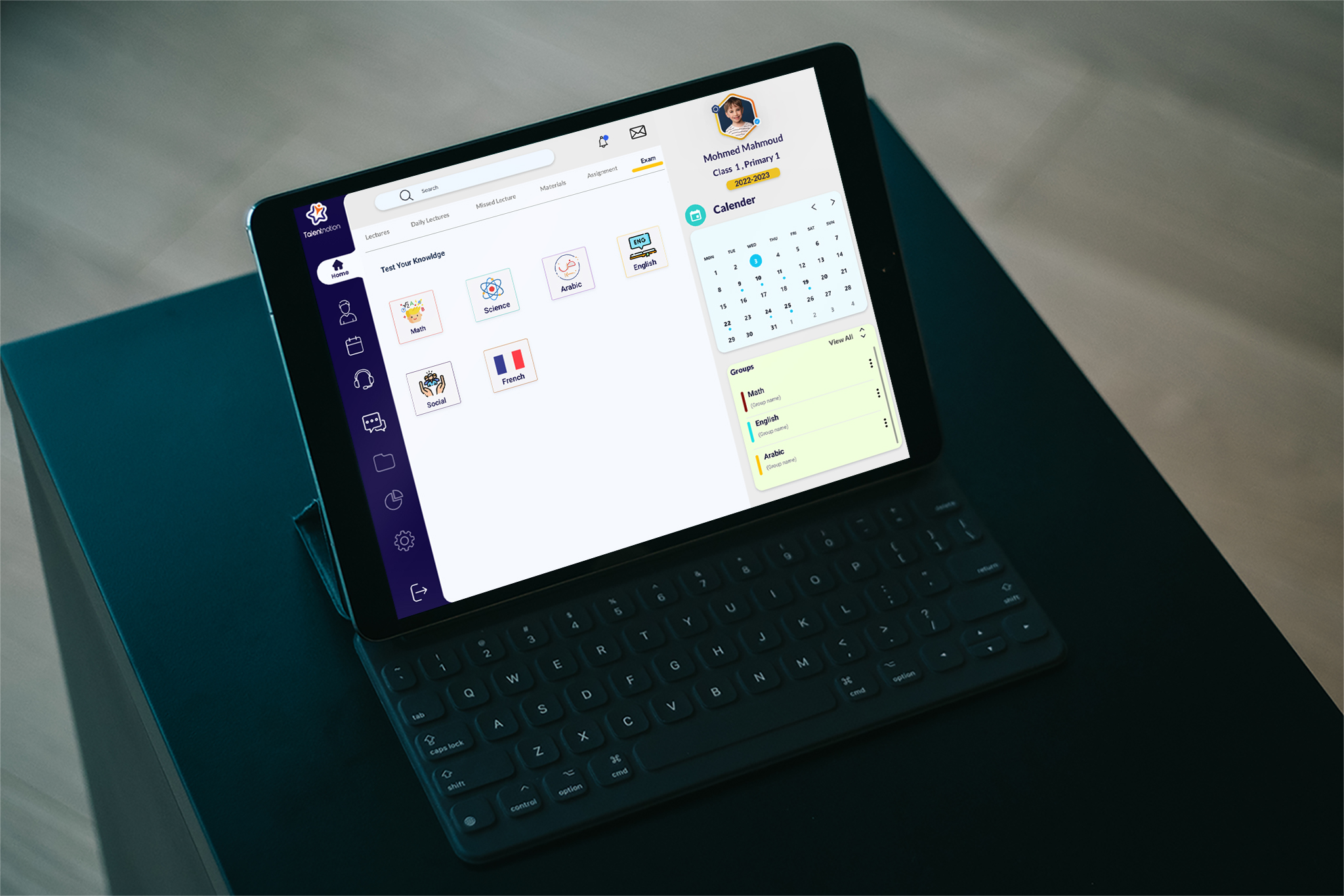
The admin is essentially the manager of the training program and is responsible for ensuring that everything runs smoothly.
Once the course is created the admin can add it to the list of available courses and assign it to teachers.
The admin is also responsible for registering employee, teacher, and student information, which typically involves collecting basic information such as names, contact information, and job titles or roles. This information may be used to verify eligibility for certain courses or to track progress and completion.
When a student or employee requests to subscribe to a course, the admin will review the request and either accept or reject it based on various factors such as eligibility, availability, or capacity. If the request is accepted, the student or employee will be added to the course roster and notified of their acceptance.
Once a course is completed, the admin will be responsible for ending the course and awarding certificates to students who have successfully completed the course. This may involve verifying completion of course requirements, grades or assessments, and generating or distributing certificates or other documentation.

An Instructor in a program is responsible for Managing The Courses.
An Instructor in a program is responsible for adding details about the course, such as the curriculum, lesson schedules, and student groups. They also add homework assignments, send them to students, and grade them. In addition, the teacher adds discussions and alerts and evaluates student progress.
An Instructor adds details about the course , including the curriculum, lesson schedules, and student groups. This information helps students understand what they will be learning and when they will be learning it. The teacher may also add resources such as textbooks, videos, or online articles to supplement the course content.
After the course has started, the teacher adds homework assignments and sends them to students. The teacher may use the program's built-in tools to create assignments, or they may choose to create their own assignments and upload them to the program. Once the students have completed the assignments, the teacher grades them and provides feedback to the students.
An Instructor also adds discussions and alerts to the program. Discussions can be used to facilitate communication between students and the teacher, as well as among students themselves. Alerts can be used to remind students of upcoming assignments or to notify them of changes to the course schedule.
Finally, An Instructor evaluates student progress throughout the course. This may involve tracking attendance, monitoring participation in discussions, and grading assignments and exams. The teacher may use the program's built-in tools to generate reports on student progress, or they may track progress manually.

The trainee in the program request enrollment in courses and he rises complete assignments, provide evaluation to teachers and courses, and view and download awarded certificates.
An Instructor in a program is responsible for adding details about the course, such as the curriculum, lesson schedules, and student groups. They also add homework assignments, send them to students, and grade them. In addition, the teacher adds discussions and alerts and evaluates student progress.
An Instructor adds details about the course , including the curriculum, lesson schedules, and student groups. This information helps students understand what they will be learning and when they will be learning it. The teacher may also add resources such as textbooks, videos, or online articles to supplement the course content.
After the course has started, the teacher adds homework assignments and sends them to students. The teacher may use the program's built-in tools to create assignments, or they may choose to create their own assignments and upload them to the program. Once the students have completed the assignments, the teacher grades them and provides feedback to the students.
An Instructor also adds discussions and alerts to the program. Discussions can be used to facilitate communication between students and the teacher, as well as among students themselves. Alerts can be used to remind students of upcoming assignments or to notify them of changes to the course schedule.
Finally, An Instructor evaluates student progress throughout the course. This may involve tracking attendance, monitoring participation in discussions, and grading assignments and exams. The teacher may use the program's built-in tools to generate reports on student progress, or they may track progress manually.
Once the course is complete, the trainee can view and download the certificate they have earned. The certificate may include information such as the name of the course, the duration of the course, and the trainee's grade or level of completion. The certificate serves as a record of the trainee's achievement and can be used to demonstrate their skills or qualifications to potential employers or other interested parties.
All rights reserved for TalentNotion © TalentNotion